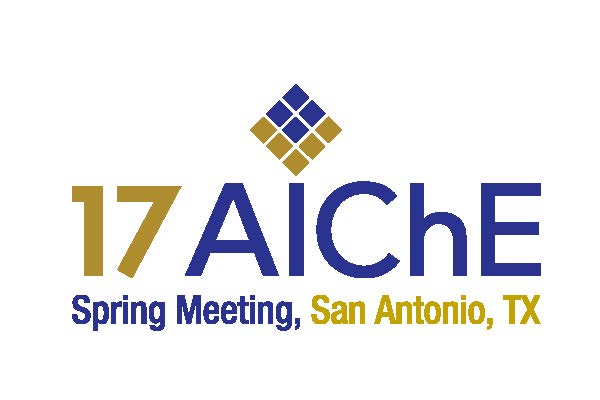

The use horizontal drilling and hydraulic fracturing (i.e. “frackingâ€) technologies in the U.S. has resulted in increased production of domestic crude oils. These crudes are typically called “unconventional’ or “light tight oilâ€. The U.S. has had a surplus of these crudes which can make them a real bargain for feeding to a refinery. Not only can the price per barrel be lower, but the yields in distillates and naphtha range boiling components are typically high which can have its benefits and challenges. Many refiners find that the naphtha content in particular can result in bottlenecks in the refinery. The naphtha is also more paraffinic making the material more difficult to upgrade to higher octane components in the gasoline pool. These and other challenges can lead to the need to revamp the refinery to take maximum advantage of these feed stocks. The revamps can involve crude distillation, saturate gas plants, reformers and isomerization unit. This paper will highlight the scenarios that limit refinery capacity and profitability and the measures the refiner can take to maximize on light tight oil opportunities.
Presenter(s)
Once the content has been viewed and you have attested to it, you will be able to download and print a certificate for PDH credits.
If you have already viewed this content,
please click here
to login.
Language
Pricing
Individuals
| AIChE Member Credits | 0.5 |
| AIChE Pro Members | $19.00 |
| Fuels and Petrochemicals Division Members | Free |
| AIChE Graduate Student Members | Free |
| AIChE Undergraduate Student Members | Free |
| AIChE Explorer Members | $29.00 |
| Non-Members | $29.00 |
